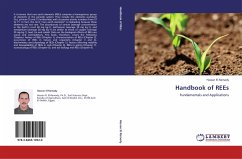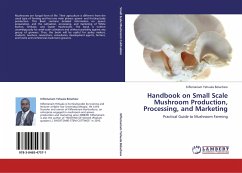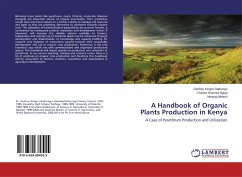It is known that rare earth elements (REEs) comprise a homogenous group of elements in the periodic system. They include the elements scandium (Sc), yttrium (Y) and 15 lanthanides with successive atomic numbers from 57 to 71. In fact, the term rare earth elements is misleading because these elements are not rare. The abundances of cerium (average concentration in the Earth s crust 60 mg kg-1), lanthanum (average 30 mg kg-1), and neodymium (average 28 mg kg-1) are similar to those of copper (average 55 mg kg-1), lead, tin and cobalt. Data on the biological effects of REEs are scarce and contradictory. This book, therefore, covers the following Chapters: history of REEs (Chapter 1), characterization of REEs (Chapter 2), occurrence of REEs in nature and organisms (Chapter 3 and 4), biochemistry and physiology of REEs (Chapter 5,) factors affecting mobility and bioavailability of REEs in soils (Chapter 6), REEs in plants (Chapter 7), ecotoxicology of REEs (Chapter 8), and soil biology and REEs (Chapter 9).
Bitte wählen Sie Ihr Anliegen aus.
Rechnungen
Retourenschein anfordern
Bestellstatus
Storno








